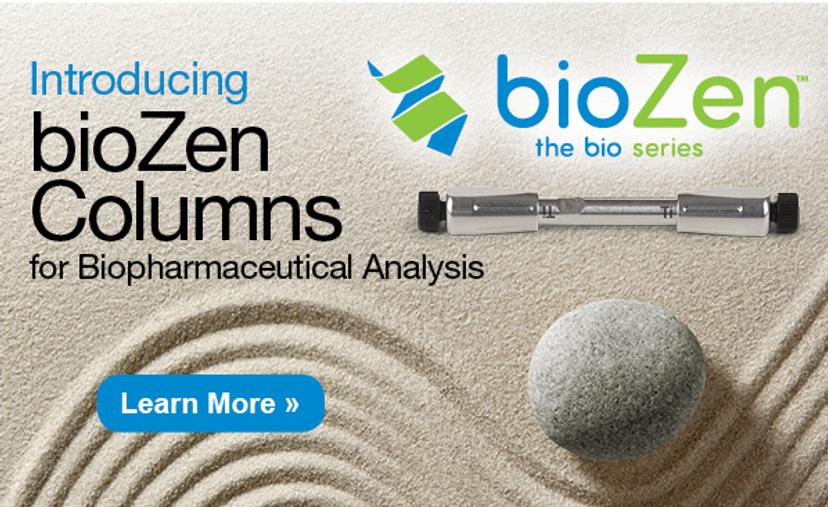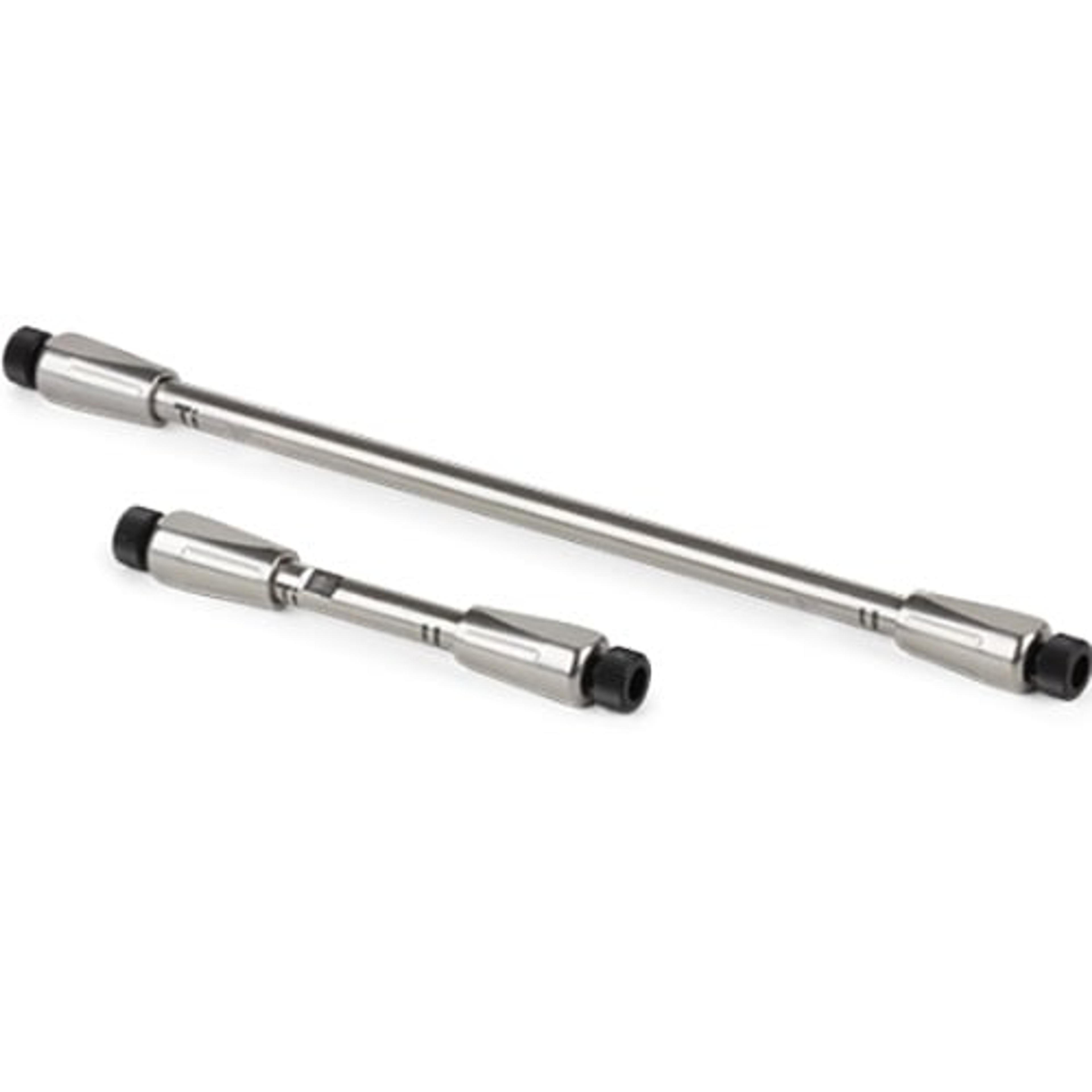Webinar Highlights: Discover a Simple way to Characterize Biosimilars and Proteins
Supporting biosimilar and protein characterization complexity with novel bio-inert hardware
11 Jun 2018
One concern when performing analytical LC method development for proteins is non-specific protein adsorption. Priming of columns before analysis is a common practice to improve protein recovery, however, this can be labor and time intensive and can vary from column to column resulting in reproducibility and carryover concerns.
In a recent webinar, bioseparations expert James Song of Phenomenex, introduced a novel bio-inert column hardware to mitigate these issues and improve both the robustness and quality of LC methods and data.
Watch the full webinar on demand to discover:
• The impact of hardware on sample recovery and priming
• New HPLC and UHPLC portfolio for analysis of mAbs, ADCs and impurities
• High molecular aggregate characterization and improved recovery with unique thermally modified fully porous SEC columns
• Improvements in peptide mapping using orthogonal selectivities and particle platforms
• Top- and middle-down approaches for antibody characterization including average DAR by reversed phase
• A novel core-shell HILIC stationary phase that offers differentiated released glycan retention profile
Short on time? Here are the highlights from the webinar Q&A session:

Q: Which assays would benefit the most from biocompatible column hardware?
JS: Our customers observe the most interference of traditional stainless-steel column hardware during size-exclusion chromatography for aggregate analysis. We observe two main issues: 1) extensive column priming, and 2) protein recovery. The BioTi hardware drastically reduces the priming requirement for aggregate analysis. In most cases, our SEC columns only require one or two injections of analyte to fully prime the column reducing the time researchers require to start their methods. In addition, protein recovery is enhanced because the BioTi reduces adsorption and thus more accurate analyses are achieved. In addition to SEC, we have observed the benefit of BioTi in many intact protein analyses by reversed-phase chromatography. Similar to the sizing assays, protein adsorption onto stainless-steel column hardware can limit qualitative and quantitative assessment of proteins. Implementing this titanium hardware minimizes adsorption, leading to increases sensitivity for analyte detection.
Q: What benefits do your titanium columns have over PEEK columns?
JS: PEEK is actually a great biocompatible tubing, but we developed the BioTi column because PEEK has two main flaws. First, because of the inherent variability in organic polymer synthesis, column-to-column reproducibility is challenging to obtain with PEEK. This fact causes great challenges when looking for batch-to-batch consistency, especially when it comes to method validation for QC method transfer. Second, swelling is observed with PEEK-tube columns, which can limit the lifetime of the column and lead to mixed chromatography results. As a result, we developed a column hardware platform with a completely bio-inert flow path. The column tube and the column frit have been integrated with titanium. This fully metallic tube does not have the issues inherent in PEEK because it avoids all organic material. Therefore, the internal diameter of the LC tubing is consistent each time leading to batch-to-batch consistency. There is no swelling concern with the BioTi, meaning the column lifetime will be comparable to a standard stainless-steel column. Finally, using a fully metallic tub enables packing of UHPLC particles, including fully porous sub-2 µm and core-shell particles.
Q: What selectivity differences will I see with your Glycan phase compared to other amide columns?
JS: The bioZen Glycan column’s amide polyol stationary phase allows for highly useful combination of hydrogen bonding, hydrogen accepting, shape selectivity and electrostatic interactions that will provide a unique retention profile, especially for high mannose and sialylated glycans. Additionally, the 2.6µm core-shell particle means high efficiencies for HPLC or UHPLC, alongside flexibility to easily adjust flow rates during method development.
Q: Why have both core-shell and thermally modified fully porous products as part of this portfolio?
JS: Versatility! Our customers characterize a wide variety of biologics and therefore it’s impossible to develop a specialized product for every analyte. We leveraged our relationships with leading analytical scientists at major biopharmaceutical companies to hone in on the best platform for biologic method development. The two-particle platform, thermally modified fully porous and core-shell technology, provides flexibility when exploring a new method. Peptide mapping is a great example of a technique that benefits from the two particles because some early-eluting peptides on a fully porous PS-C18 column can be more efficiently observed on the core-shell XB-C18 column. Our biologics application experts have developed a plethora of applications for common proteins including monoclonal antibodies (mAbs) and antibody-drug conjugates (ADCs). The two-particle platform accommodates each type of analyte and creates extra confidence that our bioZen portfolio has a solution for nearly every biologic analysis.
Q: Are bioZen columns compatible with ACQUITY UPLC systems?
JS: Yes, absolutely! We ran a good number of the applications seen throughout this webinar on a Waters Acquity UPLC H-class bio system. More to the point, bioZen columns can be used on any UHPLC instrumentation that you have available

